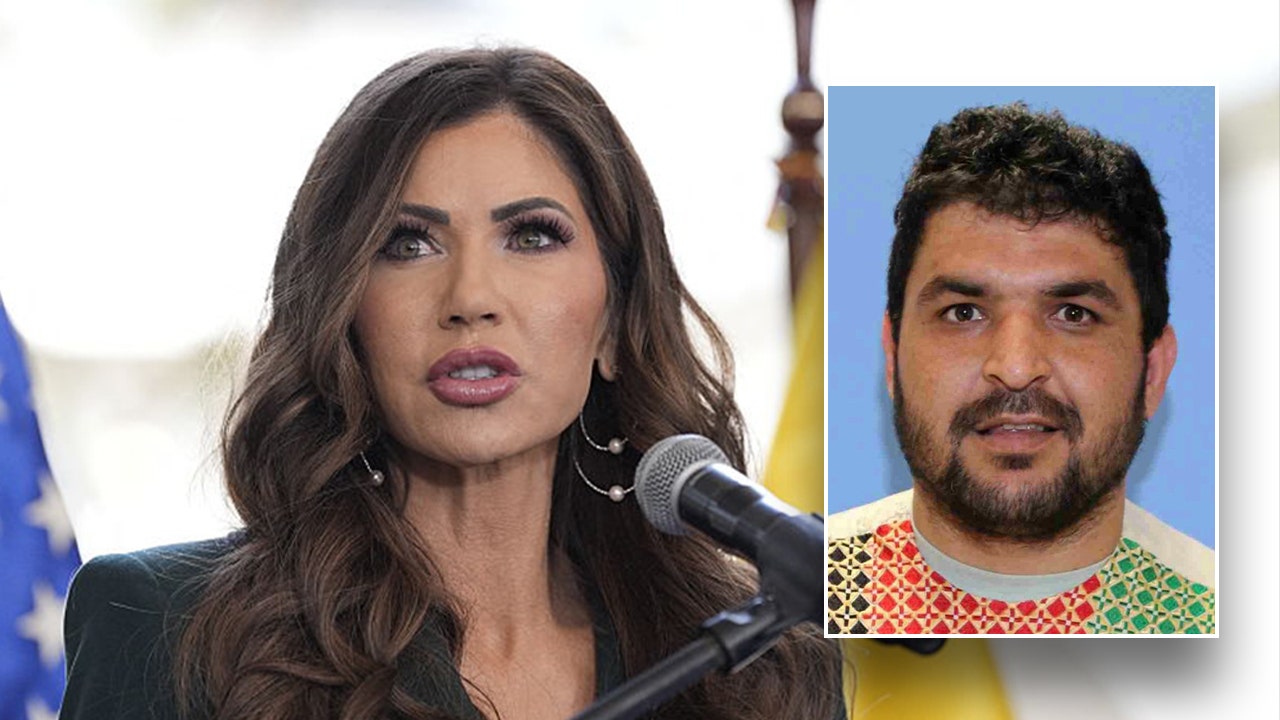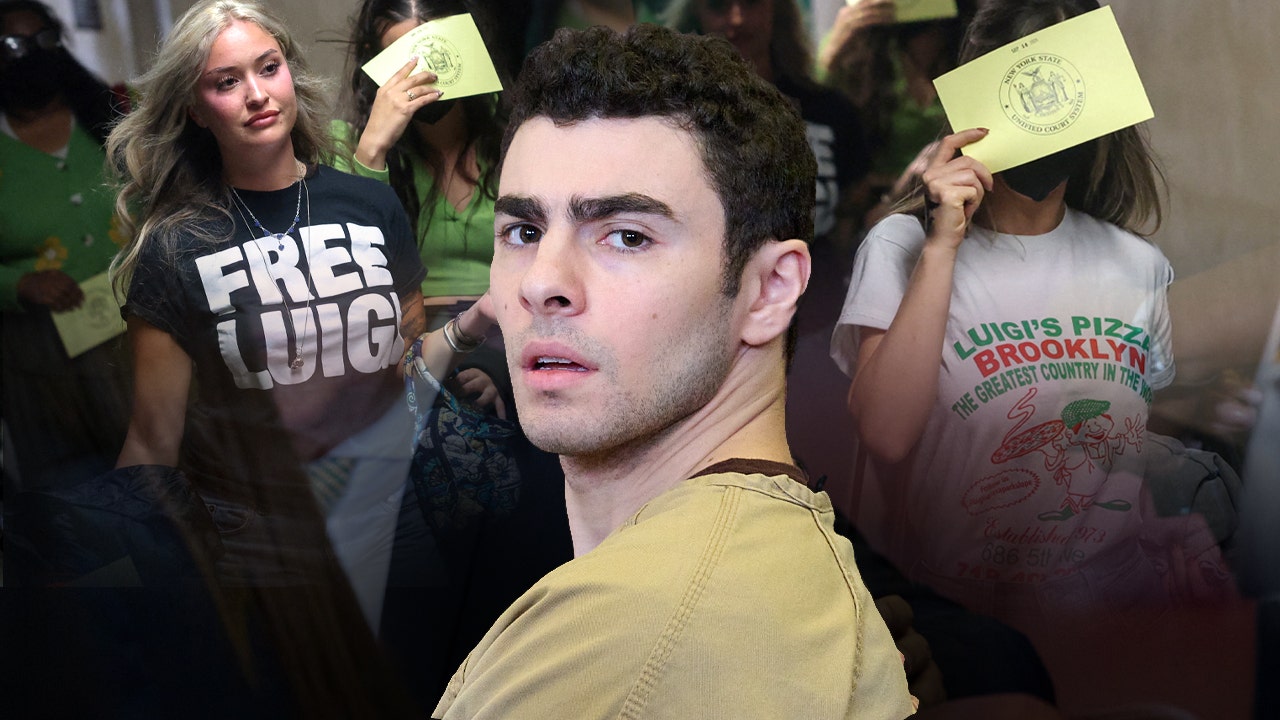Recently, archaeologists unearthed a 3,000-year-old Egyptian mining camp in the Sukari Mountains.
Crews found evidence of ancient gold mining, processing, and purification.
The archaeological discovery has been moved and used to recreate the camp nearly two miles away.
The gold buried in the hills of Egypt’s Sukari Mountains was, apparently, enticing enough to create an entire gold-mining camp 3,000 years ago.
According to a translated statement from Egypt’s Ministry of Tourism & Antiquities, a multi-year archaeological projected named “Reviving the Ancient City of Gold” has revealed the ancient gold mining operation. And the project didn’t stop at just finding the site.
This ancient operation was so robust that an entire mining camp surfaced around it—one that, when it was found, needed to be moved nearly two miles away so as to not interfere with the modern Sukari Mine.
Mohamed Ismail Khaled, secretary general of the Supreme Council of Antiquities, said that the remains of a 3,000-year-old gold processing complex—which included a fully equipped facility for extracting gold from quartz veins and featured grinding and crushing stations, filtration and sediment basins, and ancient clay furnaces designed for smelting gold to create a pure product—showed off the highly orchestrated nature of the mining operation.
To make it all possible, gold miners eventually developed had an entire residential district on site. This space featured houses, workshops, temples, administrative buildings, and Ptolemaic Period bathhouses. Khaled said that the team identified architectural remains from both the Roman and Islamic periods. The evidence of the use of this space well after the creation of the initial encampment shows that it remained a popular option for multiple people groups.
Khaled said that the find furthers our understanding of ancient Egyptians mining techniques used to extract gold from rock, while adding insight into the social, religious, and economic lives of gold miners.
Some of the pieces that give a better understanding of the social component of the mine include 628 pieces of broken pottery—many inscribed with hieroglyphic, demotic, and Greek script that shows off a true linguistic diversity in the region.
Crews uncovered plenty more, including Ptolemaic bronze coins, terracotta figurines depicting human and animal forms from the Greco-Roman period, small stone statues of deities such as Bastet and Harpocrates (some finished and some unfinished), a mix of pottery vessels that held such personal items like medicines and incense, an assortment of beads made of semi-precious stones, decorative items crafted from seashells, and five Ptolemaic offering tables.
As part of the project, crews built a full-scale replica of the mining complex on a 6.3-acre-plot located nearly two miles from the active mining area. This visitor center includes exhibits and plenty of information on both the find and the life of ancient Egyptian gold miners.
You Might Also Like

 9 months ago
212
9 months ago
212










 English (CA) ·
English (CA) ·  English (US) ·
English (US) ·  Spanish (MX) ·
Spanish (MX) ·